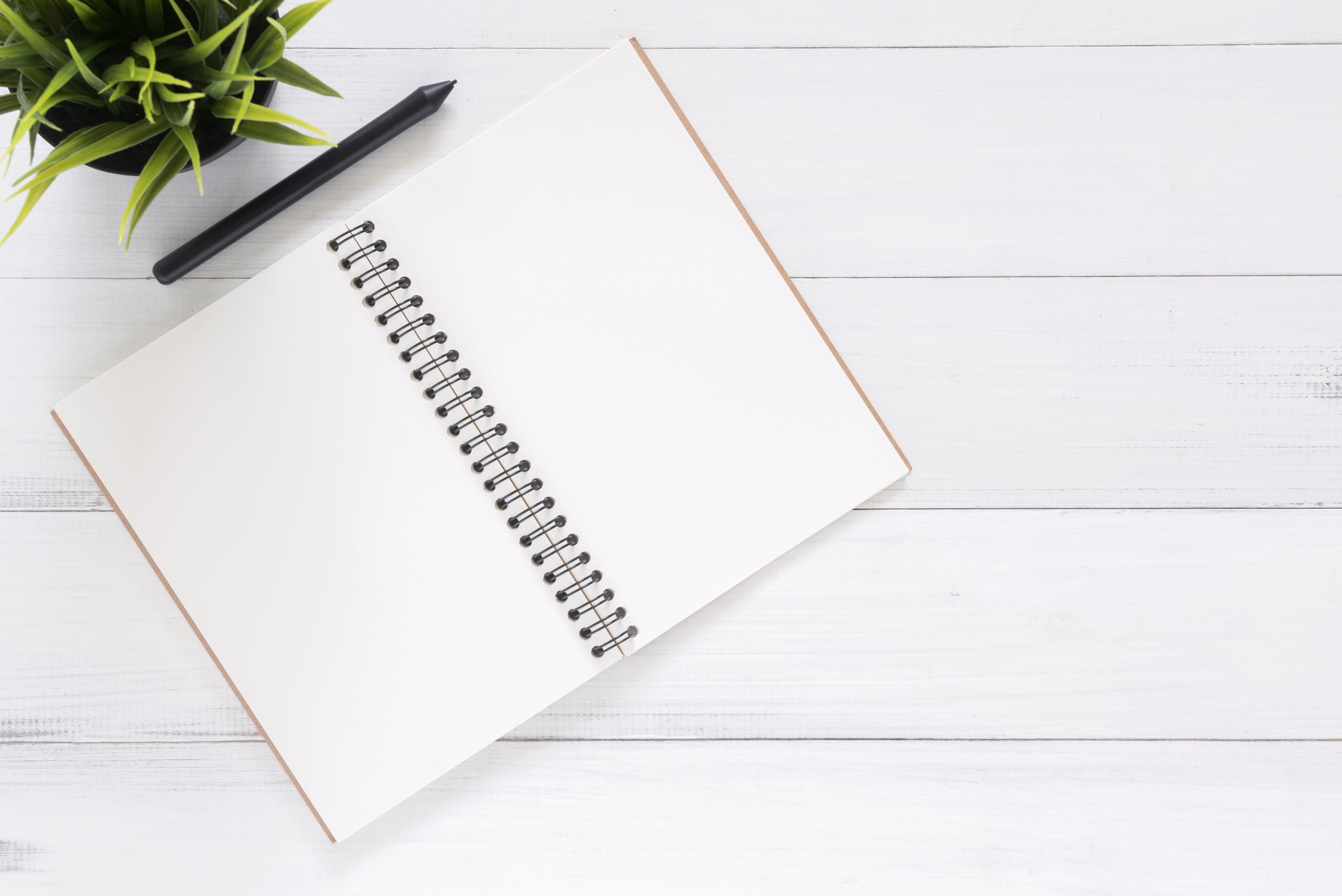- Home
- For Academics
- For Book Authors
- For Businesses
- Proofreading Resources
- About us
- English language blog
Book Proofreading Services
Book Proofreading Service – Professional & Affordable
Check your grammar, punctuation and spelling, and enhance your narrative and coherence with our in-depth book proofreading services. Human editors & affordable prices. Submit your book draft now
Book Proofreading Services - 24/7
We provide bespoke book proofreading and editing services to fiction and non-fiction book authors in the UK and around the world.
The Book Proofreading Service is designed to help you as an author, playwright or novelist to ensure your draft is 100% free of grammatical, spelling and punctuation errors.This service best suits you if you are a confident writer and only need a professional book proofreader to check the final draft of your book for any errors that may have slipped your net.
If you need a closer scrutiny of your text and more involved correction and improvement of your writing, check our book copy-editing services.
Why us?
Expertise
We employ only highly experienced book editors and proofreaders. Many of our copy-editors are published authors themselves.
Quality
To ensure excellent quality, each book we proofread or edit is thoroughly checked by two native English language editors.
Speed
We accept assignments with tight deadlines and deliver our services in a speedy, efficient manner without compromising quality.
Confidentiality
We take confidentiality very seriously. Once completed and sent back to you, any draft of your book will be deleted altogether from our systems.
What do we do?
a) Grammar
Books, whether fiction or non-fiction, can be over 100,000 words in length. With the main focus being on the plot, theme, or narrative, a range of errors – related to grammar, spelling, or punctuation – can creep into your draft. Here comes our Book Proofreading Service. We will check and fix:
1) Subject-verb agreement
2) Conjunctions
3) Use of tenses
4) Modifiers, possessive adjectives or pronouns, and split infinitives
5) Use of the apostrophe, or lower and upper case (consistency)
b) Spelling
A large number of the mistakes we correct in drafts of books, novels, and other literary works are related to spelling. Misspellings or inconsistencies between British and American English usage are common occurrences. This can sometimes be the result of using the predictive text function in Microsoft Word, especially if you did not set the language in your document to the correct English language variant before you began to write.
c) Punctuation
Punctuation is often one of the trickiest and most commonly debated topics in English writing. Our book proofreaders will ensure your text strikes the right balance between avoiding under-punctuation (which can confuse the meaning) and over-punctuation (which can make the text difficult to read). In particular, we focus on common issues relating to the (mis)use of commas, semi-colons, single/double speech marks, and the punctuation of dialogue.
d) Consistency
Inconsistencies in a book can put readers off. With our thorough Book Proofreading Service, your book will be 100% free of any inconsistent italicisation, capitalisation, etc.








